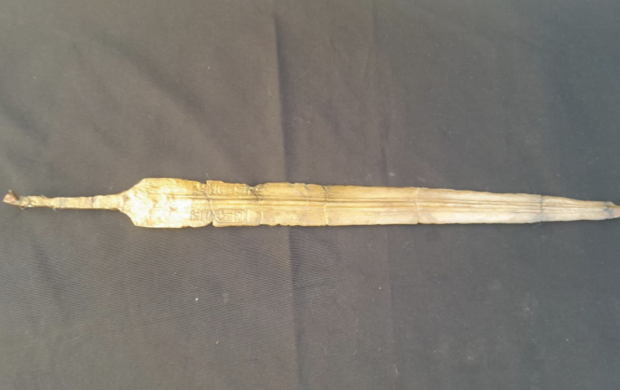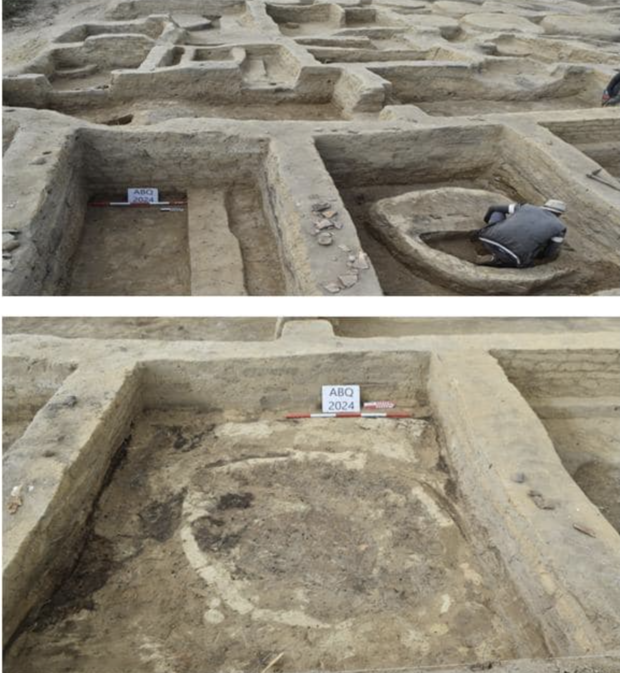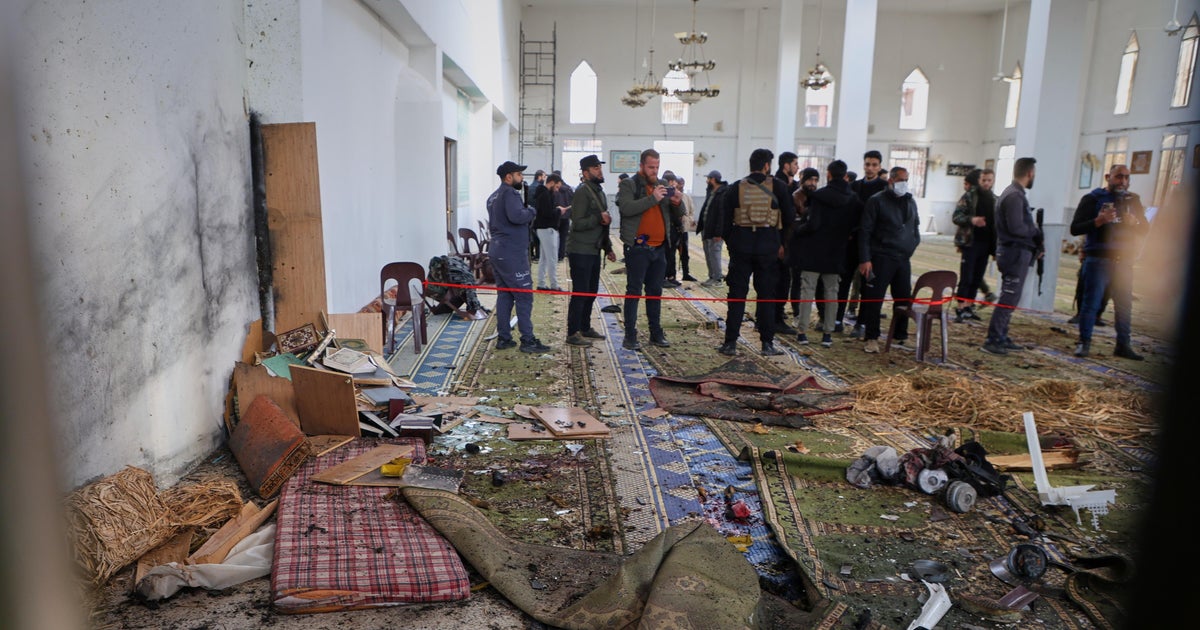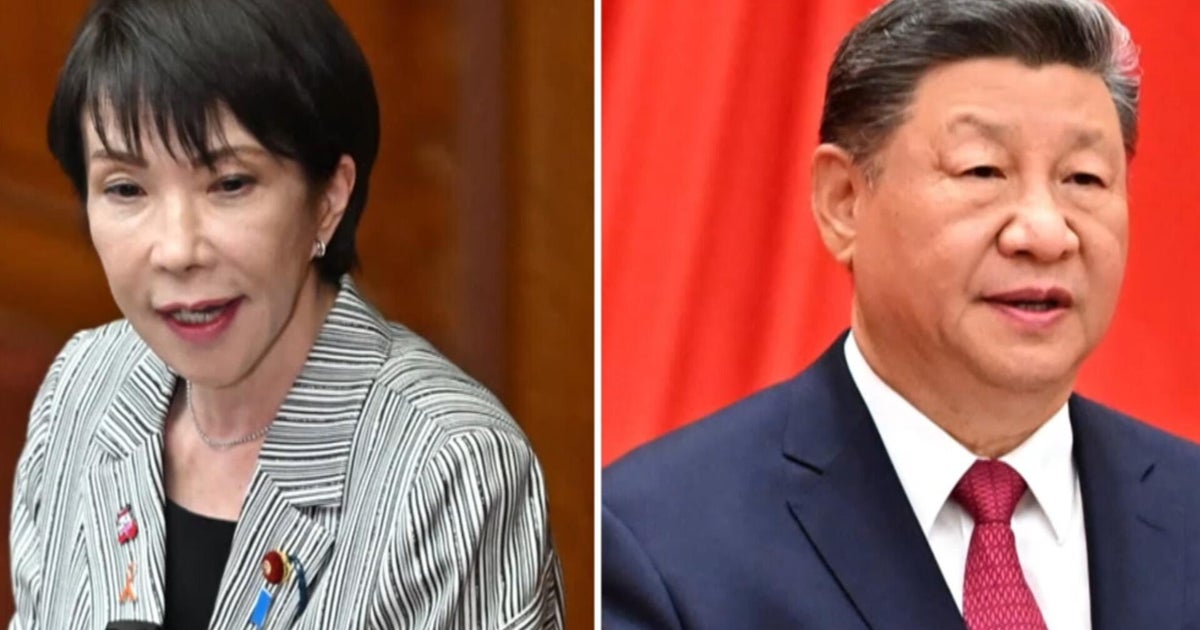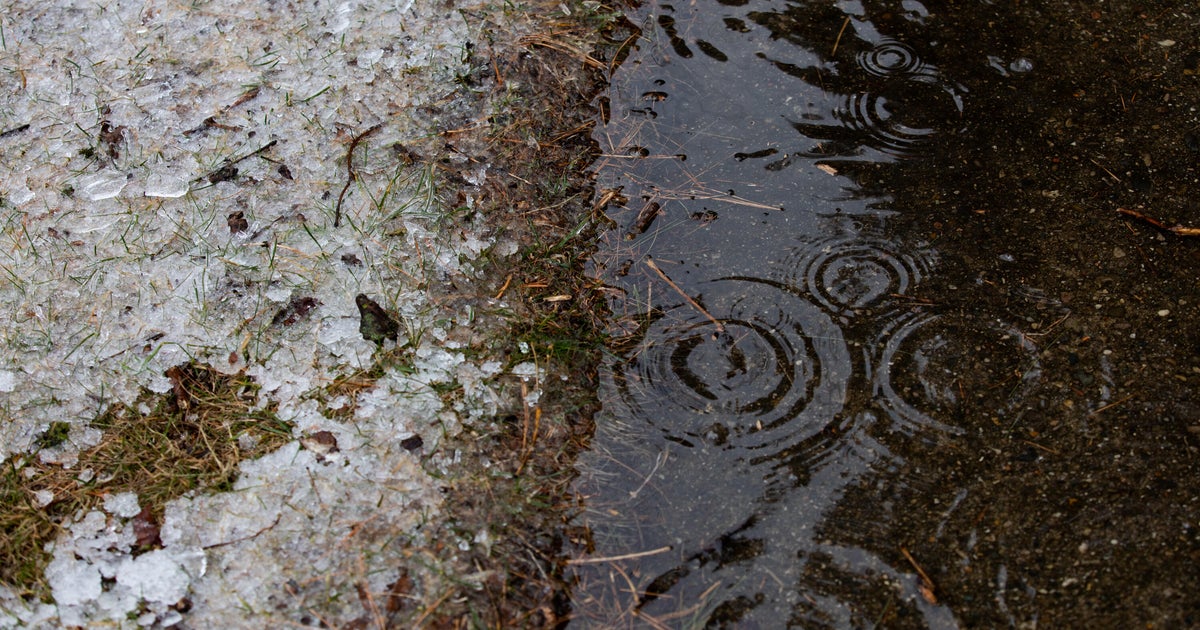Sword with markings of ancient pharaoh Ramses II unearthed in Egypt, archaeologists say
Egyptian archaeologists unearthed a sword earlier this month which was marked by ancient pharaoh Ramses II, Egypt's Ministry of Culture and Tourism said.
The bronze sword with engravings of the cartouche of the Egyptian king was buried for more than 3,000 years in an ancient military fort known as Tell Al-Abqain, located in the Beheira Governorate in northeast Egypt, south of Alexandria, the Egyptian government said in a Sept. 6 news release.
Known as Ramses the Great, the pharaoh ruled Egypt from 1279 B.C. to 1213 B.C. and is credited with expanding Egypt's reach as far as modern day Syria to the east and Sudan to the south. A Nineteenth Dynasty pharaoh, Ramses' influence and riches spread throughout Egypt as evidenced by archaeologists' recent finds detailing his long-lost empire.
Archaeologists found a temple in 2017 dedicated to the pharaoh in the Badrashin area in Giza. Last year, 2,000 rams' heads were found at the temple of Ramses II, which Egyptologists said showed the endurance of his impact.
Part of a statue of the great king — his head and chest — were found in the Temple of Kom Ombo during a project to protect the site from groundwater.
Al-Abqain — where the sword was discovered in mud barracks — also housed soldiers and contained warehouses for weapons, food and supplies, said Dr. Ahmed Saeed El-Kharadly, who led a group of archaeologists excavating the area. Large pottery remnants containing fish and animal bones and crock pots used for cooking were found along with personal items such as ivory, agate jars, and red and blue beads.
The fortress was situated to protect Egypt's northwestern border from attacks by Libyan tribes and Sea Peoples, the Egyptian government said.
Archaeologists said they also uncovered a cow buried in the barracks. Cows were an ancient Egyptian symbol of power, abundance and prosperity.
There were also two blocks of limestone, one of which had a hieroglyphic inscription of King Ramses II.
